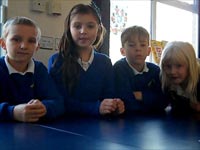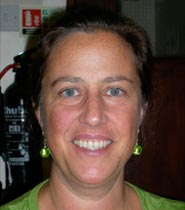DRAMA STRATEGIES
- On the Table
- Mind Movies
- Miming Movement
- Freeze-frame / Tableau
- Spontaneous Role Play
- Historical play / Monologue
- Hot Seating
- Modelling
ADDITIONAL RESOURCES
On the table
This approach is designed to be 'dramatic' in several ways.
The first is the close scrutiny of an unfamiliar object; another is the 'slow reveal' that can really intrigue (and 'fire' children's imagination and reasoning skills); a third is use of a box into which children can insert their hands and 'feel' an object, but not see it.
Children use either their sense of sight or touch to identify objects and their characteristics. They develop their observational skills, using sight, by being presented with objects (and living organisms) that are magnified and images projected for all to see and 'wonder' about. The children are then encouraged to suggest 'why' something might be as it is. An example of this on the website is a Pitcher plant, which is shown, bit by bit, to encourage children's creative, but reasoned, thinking. Using a box with hand-holes, children can alternatively be encouraged to think about what an object feels like and deduce from its features what it is and how it might be used or where it might be found.
Using the On the table approach

Child's reflection
Children discussing drama to learn science, particularly On the table

Teacher's reflection
Clarysly reflecting on the benefits of using On the table to teach science
Key

Using drama to learn science





